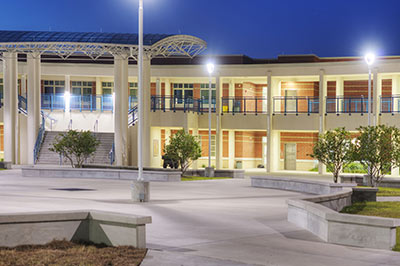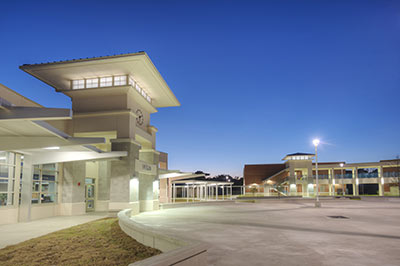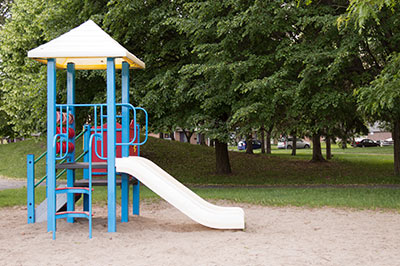Zellner, L. J., Morris, J., & Burch, A. L. (2012). 3 (1)
Over two decades of research has consistently confirmed that the physical environment impacts the learning environment and student achievement, but what is it that makes one learning environment more engaging than another? This paper will provide additional insight on the impact incorporation of a Brain Compatible Learning (BCL) philosophy in 3 elementary schools with similar demographics affected student engagement in learning, school climate, teacher retention, and community satisfaction.











